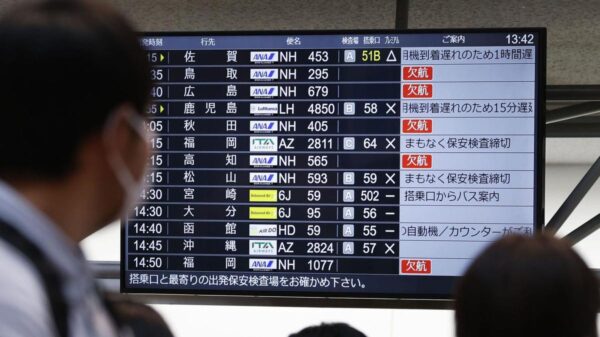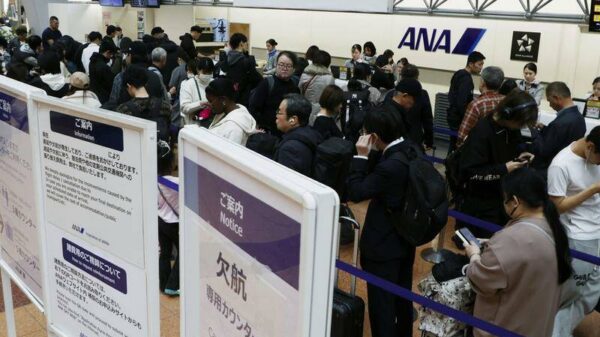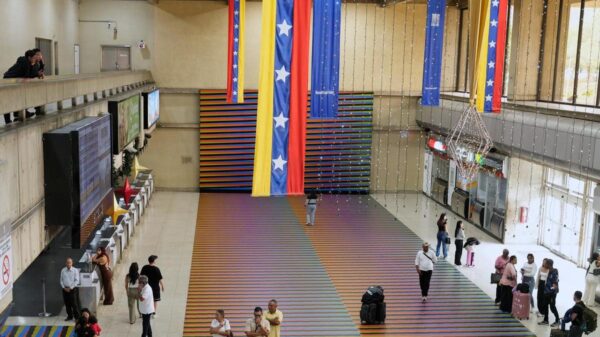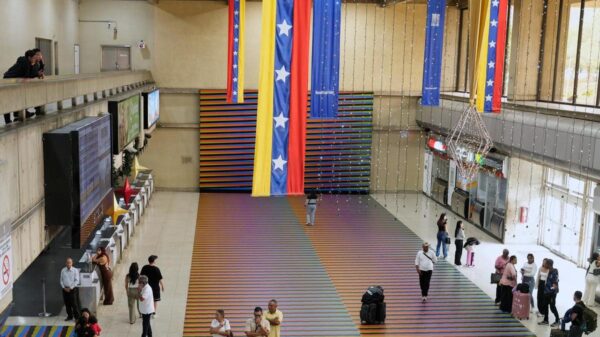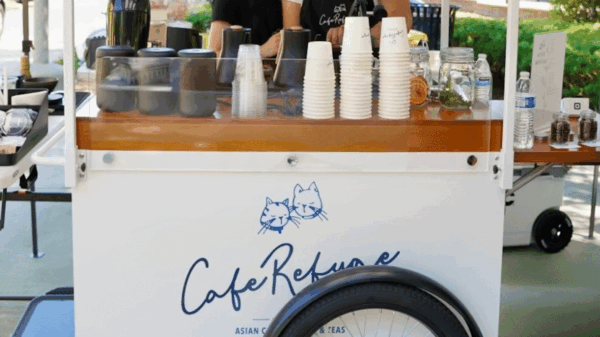Inflation has significantly affected theme park pricing in the United States, reflecting broader economic trends. A recent study by FinanceBuzz highlights the striking differences in admission and parking prices over the past decade, specifically comparing costs from 2015 to 2025. The findings reveal a substantial increase in entry fees at major parks, alongside notable hikes in parking charges at smaller venues.
Admission Prices Skyrocket
The analysis focused on single-day passes at 20 of North America’s most popular theme parks. Currently, these passes average around $105, marking a significant increase of 37% since 2015. The study indicates that the most dramatic price increases have occurred at Disney’s Hollywood Studios, which saw a 79% rise, followed closely by EPCOT at 72%, Magic Kingdom at 70%, and Knott’s Berry Farm at 60%.
The data reveals that the price hikes at these parks have far outpaced the national inflation rate, which has raised eyebrows among consumers. The increases reflect the changing landscape of theme park economics, where larger parks are leading the charge in ticket pricing.
Parking Costs on the Rise
While admission prices have surged at major parks, smaller parks have counterbalanced their costs through elevated parking fees. Notably, King’s Island in Ohio has witnessed a staggering 150% increase in parking rates. Other parks, including SeaWorld Orlando, SeaWorld San Diego, and Busch Gardens, follow closely with increases around 119%.
This pricing strategy appears to be a calculated move by smaller parks to offset the revenue lost from lower ticket prices. By raising parking fees, these venues can attract visitors while maintaining their financial viability. Such adjustments create a complex pricing ecosystem, where visitors may pay less for entry but face higher costs for parking.
Justifying Higher Prices
To rationalize these increases, many theme parks are investing in new attractions and enhancements. Major upgrades, such as the recent additions at Hollywood Studios and new rides at EPCOT, play a crucial role in justifying the rising prices. Visitors are not only paying for entry but are also funding the development of new experiences meant to elevate their visits.
Despite the growing costs, parks strive to ensure that the visitor experience remains valuable. However, the extent to which inflation is acceptable can vary among guests, especially families seeking affordable entertainment options.
Strategies for Affordable Visits
In light of soaring prices, families planning a trip to theme parks can adopt various strategies to mitigate costs. Since 2015, many parks have implemented date-based pricing, where ticket prices fluctuate based on the day of the week or season. By carefully selecting dates, visitors can take advantage of lower admission rates.
In addition, utilizing credit card rewards programs can provide significant savings on park expenses. Earning points, rewards, and cash back can be instrumental in reducing overall costs, making it possible for families to create lasting memories without overspending.
As theme parks continue to evolve, understanding the factors influencing price changes can help visitors make informed decisions. While the landscape of theme park pricing may be shifting, with thoughtful planning, families can still enjoy the magic these destinations offer.





